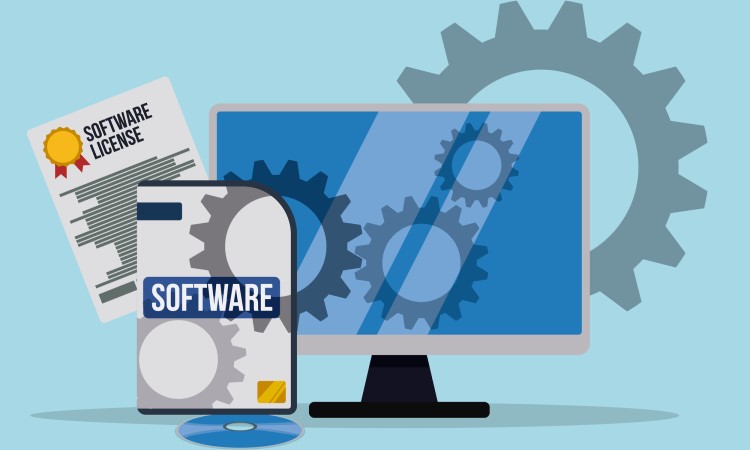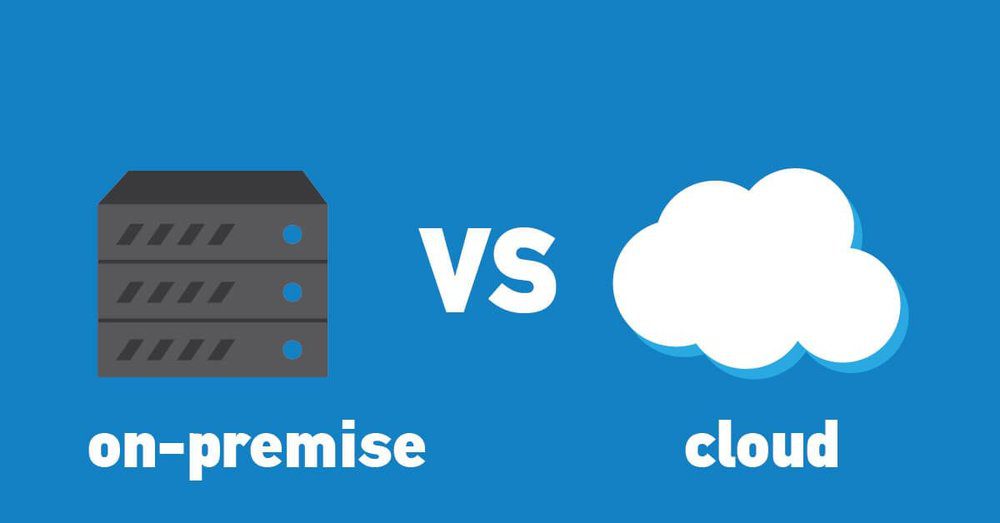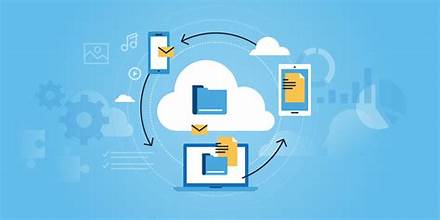In today’s world of changing technology and enterprise IT, there are many points that a company needs to check. For a start, it is important to know whether on-premises software is the right fit for them or not. Many companies are skeptical and confused between cloud, on-premise applications, and various software. For today, let us have a look at on-premise applications.
Decoding On-premises software:
The term on-premise refers to software applications and IT infrastructure hardware that are run and maintained on-site. This software is operated and installed in the customer’s computing infrastructure and in-house server. The software contains modules and databases that are combined to serve the needs and requirements of the organization. On-premises software utilizes the company’s native computing resources. It needs a purchased copy or licensed software from an independent vendor. It is also referred to as shrinkwrap software.

To run the on-premise software, one needs to purchase a complete instance of the software with the license. Some commercial software that can be bought are WebTrends, Citrix / Windows RDP, SAP R3, Adobe Creative Suite, and Microsoft Exchange.
Benefits of on-premise software:
-
Independence and control:
The software offers full control to companies and organizations over their data. Companies have access to their software and all internal IT resources. This also keeps them independent of any external service providers.
-
Data protection:
The storage of data within the premises and the involvement of no third party offers enough protection and safety. All the files and documents are kept and stored in a separate data center. All governmental authorities and medical officials refer to this software for the same reason. No software offers the same security and safety.
-
Limited license cost:
Under on-premise software, one needs to pay only a license fee. No other fees would be required. Whenever an update or service support arises, it is on the companies to decide whether they want to buy it or not. No additional charges will be levied later and there will be no hidden charges.
With many advantages, companies and organizations are switching to on-premise and many are switching from on-premise to SaaS. On-premise is a go-to for companies with sensitive and crucial information. For example: banks, public authorities, insurance companies, and many more.
Practicality of on-premises software:
For a long duration, software was bought from external providers and then installed on hard disks and computers. Users are consistently and consequently responsible for the smooth running of the hardware and software in such software usage models. When compared to cloud or other software, on-premise offers more control and access over the respective service. However, the burden of problems and risks also falls on the heads of companies and organizations. In general, the licenses of on-premise software are limited. Some popular and important examples of on-premise solutions are Adobe products and Microsoft Office.
No field is free from competitors and the same goes for the software. There are many software and the field is expanding. We have Cloud, Cleo, and many more. people usually prefer either cloud or on-premise software so it is important to study the difference between the both.
Difference between cloud and on-premises:
Simply put, the difference between cloud and on-premise software is the location. As told above, on-premise software runs and is installed on the company’s hardware infrastructure but cloud software is managed and stored on the provider’s servers. Other differences include:

- Deployment: Under on-premise software, resources are deployed within an enterprise’s IT infrastructure and that enterprise is accountable for arranging and maintaining solutions. For the cloud, resources are hosted by the service provider. Enterprises can use and access these resources at any point in time.
- Cost: Under the cloud software, enterprise only needs to pay for a particular resource that they want to use. There is no upkeep and maintenance cost for them. For on-premise software, the enterprises are responsible for any cost related to power consumption, space, and server hardware.
- Control: For on-premise, the enterprise controls every data. Companies with crucial and private data try to avoid using the cloud. Government organizations and hospitals always opt for on-premise software. In the cloud software, all the information goes to a third party which is their service provider.
Challenges for using on-premise software:
There’s no doubt to the fact that this software provides control over the data, less vendor dependency, and customization ability but it is important to go through the cons as well:
- More work: Software like this needs to be run on your own which adds more work and hassle. One needs to maintain security and also take backups on their own. The majority of companies do not offer additional support.
- Time consumption: A local network needs to be set up that connects all the computers to a local server. This process takes time and patience.
- Money: On-premise software requires a local server, network, and many more. All this requires money not only to buy it but to maintain it as well. An IT team needs to be hired to run this software and chain. This requires more money and space.
- No remote access: One of the most important cons is that it can’t be accessed from remote locations. All the devices and computers need to be available on the premises. This leaves no chance for remote access when in need or emergency.
This software has turned out to be ideal for many users. For single-tenancy requirements, companies and organizations are relying highly on this software. Both cloud and on-premises software provide highly secure data encryption but due to remote access, companies with sensitive data prefer on-premises software. If a company requires business-specific procedures and custom hardware then on-premises is the go-to for them. This software offers more control, safety, and customization options. All this justifies the fact that on-premises software is one of the most preferred and traditional software.
